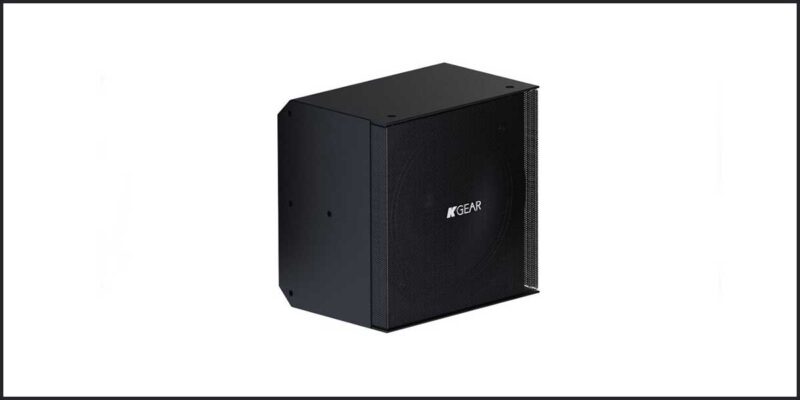Surviving Spin Season — Categorizing New Product Releases
Well it’s that time of year again. No it’s not Rabbit Season, it’s not even Duck Season, it is Spin Season.

CES kicked off the year, NAMM is happening now, ISE is next week, NAB in the spring and then InfoComm in June. It’s a steady flow of industry shows and product announcements, some of which sell the sizzle of what turns out to be an overcooked steak.
If you read my posts regularly, you may already know that I have a fairly high bar for what I consider “innovative” and that bias has appeared in my blogs for almost a decade here, starting with my 2013 Guide to the AV Zombie Apocalypse posts “Innovative or InfoCommon?”
I won’t be in Barcelona this year, but I’m watching the product release announcements, webinars and press releases carefully.
There is a framework I use to evaluate new products and services (and hopefully cut through the buzzwords and flowery language) in order to determine which ones should be highest on my list. Most new products can be grouped into 3 categories that have varying impact on the industry as a whole.
Big Problem, New Solution.
The first category I look for is Big Problem, New Solution. Products that fit this criteria create wholly new market segments and expand the collective industry. Thinking back, 2013 was one of those years when wireless screen sharing hit the market. Barco ClickShare and Mersive both came out that year with slightly different approaches to the problem and defined a category that would attract many new players over time, and generate a lot of opportunity for integrators and revenue for the industry.
If you’re looking for another major explosion like this, you can also look at the introduction of the LCD display in the early 2000s. CRTs were heavy and large, plasmas were flat but heavy and had burn-in and lifespan issues, but the introduction of LCD at 55″ opened up a whole new level of opportunity for digital signage, wayfinding, etc. that had never existed before.
The point is, these product introductions truly change the landscape and the paradigm of what is possible. They are the large leaps forward. What introductions and announcements do you believe will make this type of impact?
Existing Solution, New Approach.
Not everyone can go first, and in fact there are some advantages to going second or third IF you are evaluating how the initial product introductions may fall short or miss subsections of the market. Product introductions of this type are not creating wholly new categories, but they are expanding the boundaries of the existing category to create incremental industry growth.
Increases in brightness of a display, enhanced resolutions, deeper color depths, etc. all fall into this category, as do alternative methods of transporting signals or manufacturing.
i.e. A TAA compliant version of a product that was traditionally made only offshore could open new opportunities in U.S. federal work or an IPMX product could create cross compatibility between traditionally incompatible Video-over-IP protocols.
These types of innovations still make the total pie larger than it was before, and are they are the incremental steps we need to take in between the big leaps to continue forward motion.
Existing Solution, Same Approach.
The final category, and unfortunately I feel the most common, includes all the product announcements where the product doesn’t solve a new problem, it doesn’t even solve it in a new way, it just adds a new competitor to the landscape.
When a control manufacturer introduces a 6.5″ speaker or another dvLED company announces a 1.2mm pixel pitch addition to their line, we’re not expanding the boundaries of the industry or market opportunities for integrators or manufacturers, because we’re not actually offering any new value to our customers.
Besides some small efficiencies that may be gained by consolidating POs or tech support calls, introductions of this type only serve the manufacturer introducing the product. It’s typically a land grab that says “my new product isn’t any better or worse than the others in this category, so why not buy mine instead?”
It’s akin to a game of “Risk,” with players’ multi-colored plastic footprints just expanding or contracting within the boundaries of the same static map.
At the end of the day, we’ll continue to see all three of these types of announcements, with likely the same regularity. The world changes, a large leap creates a new category, small improvements and variations expand it’s borders, and then there is an influx of competitors going for the land grab.
If you’re headed to ISE next week, keep these categories in mind as you see new things, and give more weight to category creators and expanders, it will help you organize your time on the floor. In the meantime, I’ll be watching and reading, categorizing what I learn until InfoComm in June when I’ll get a chance to walk the floor in person.





